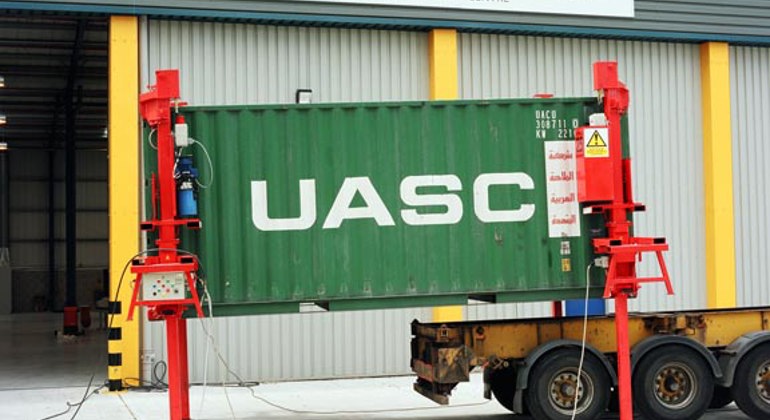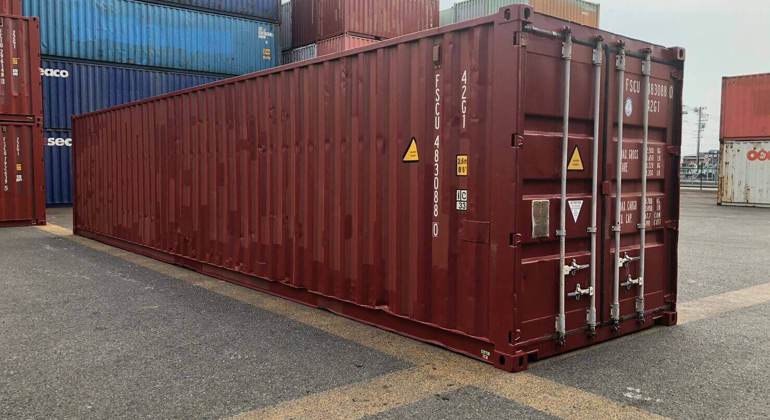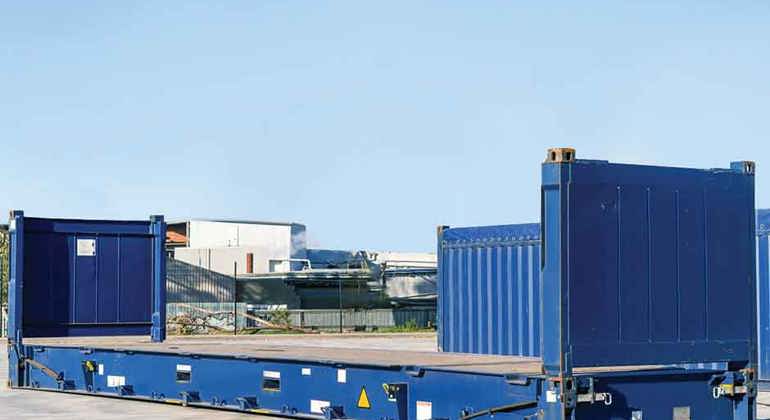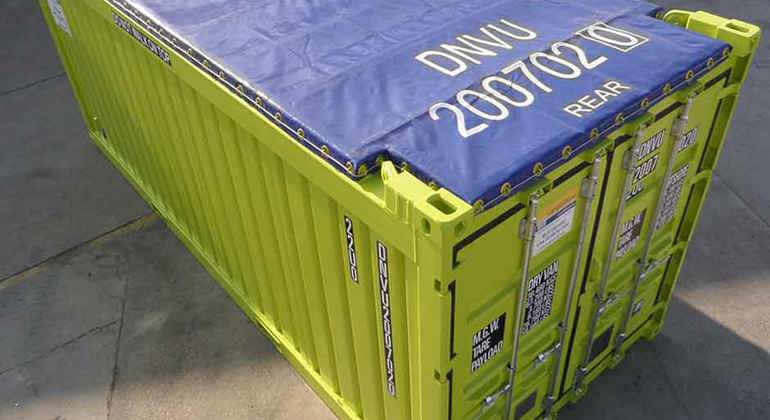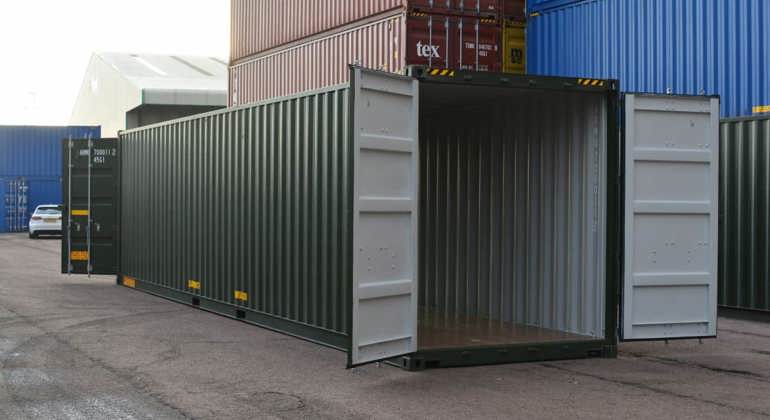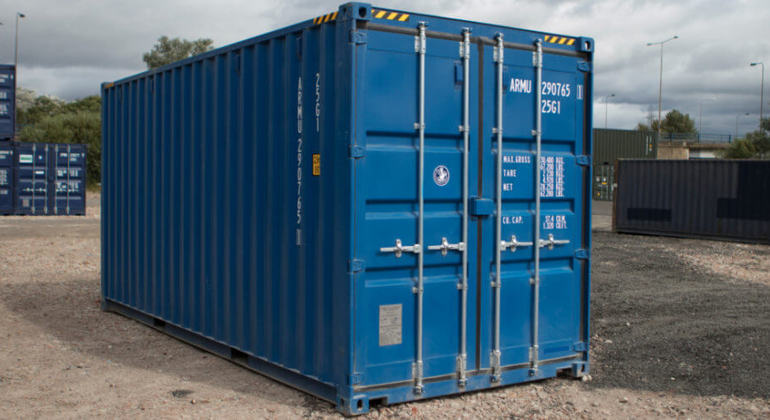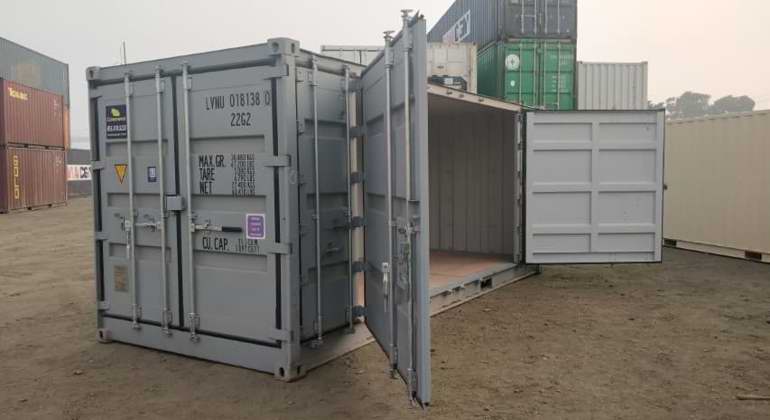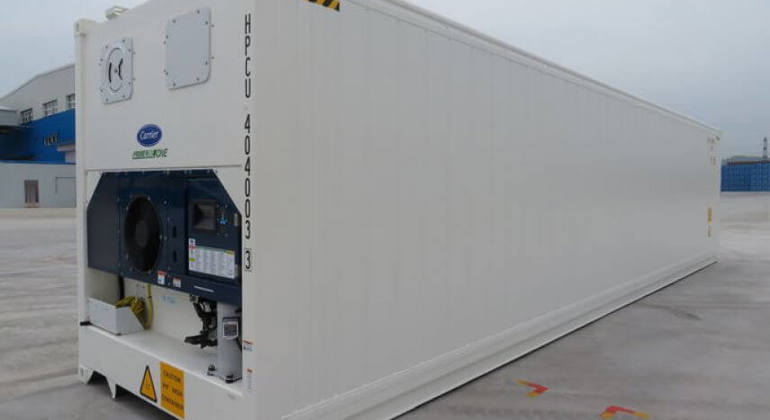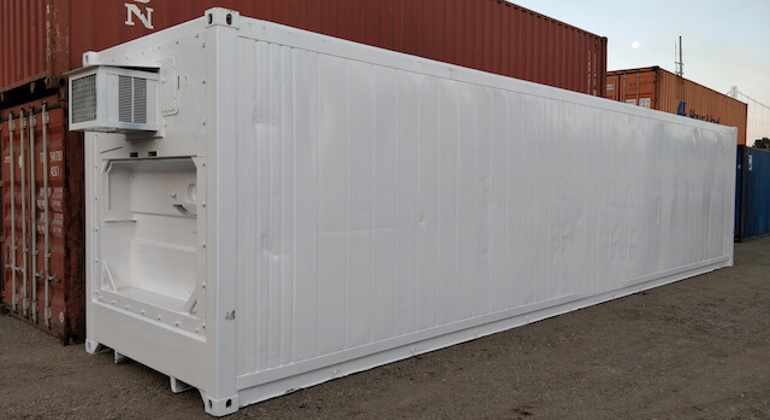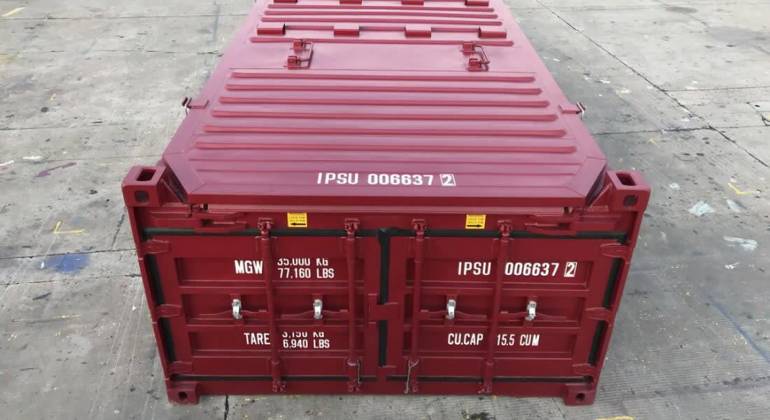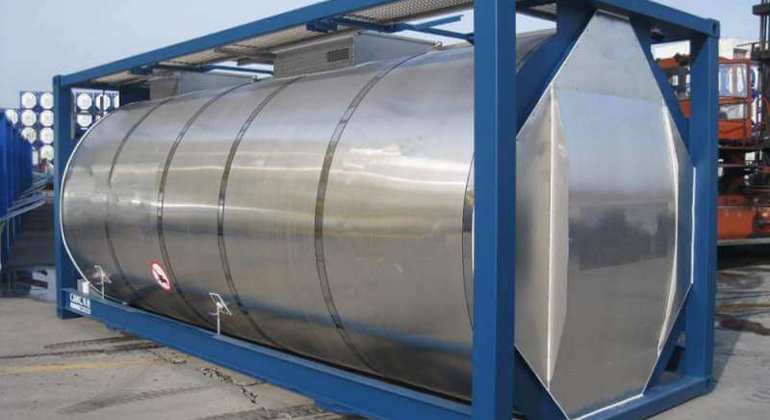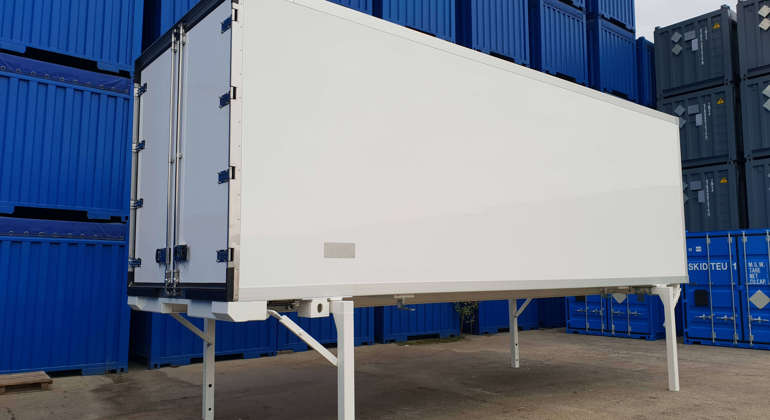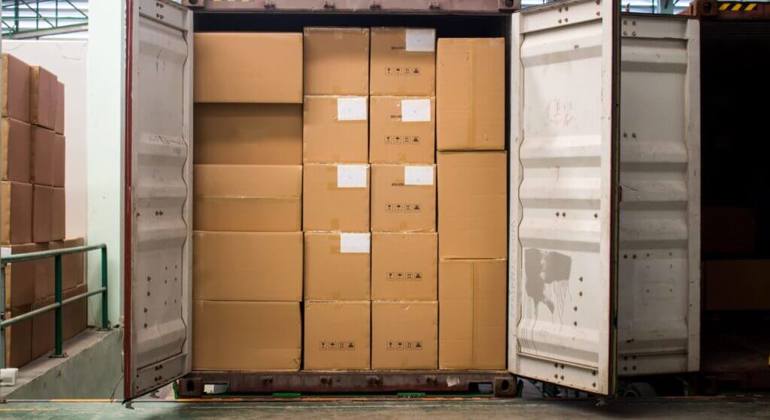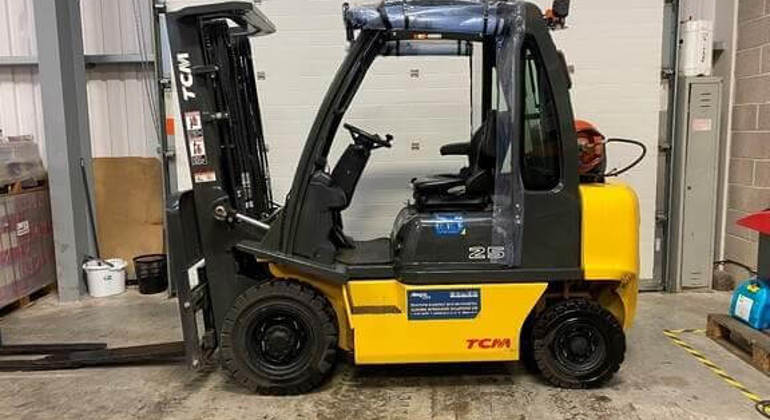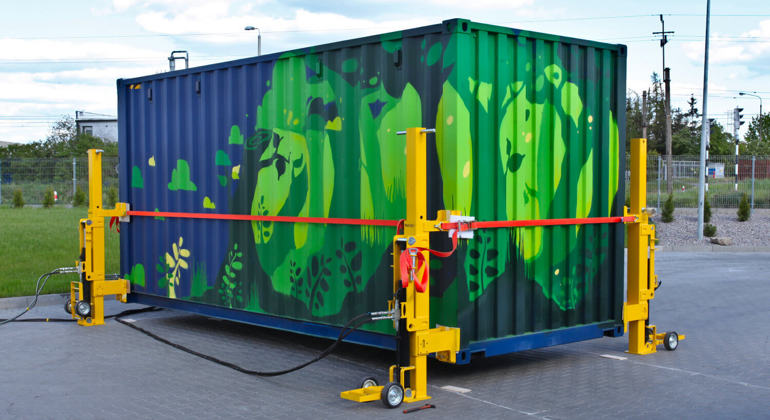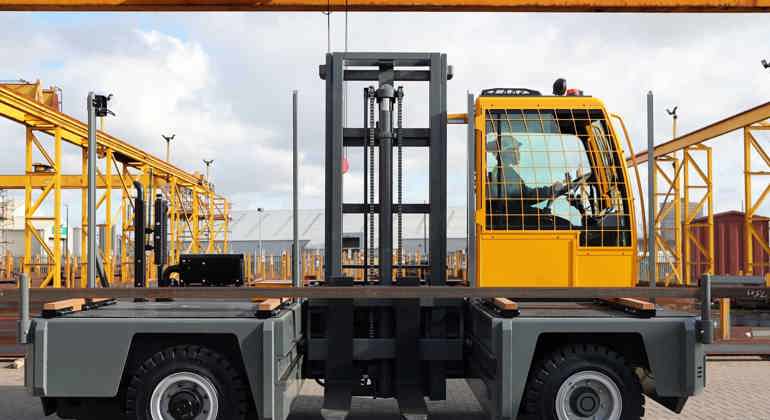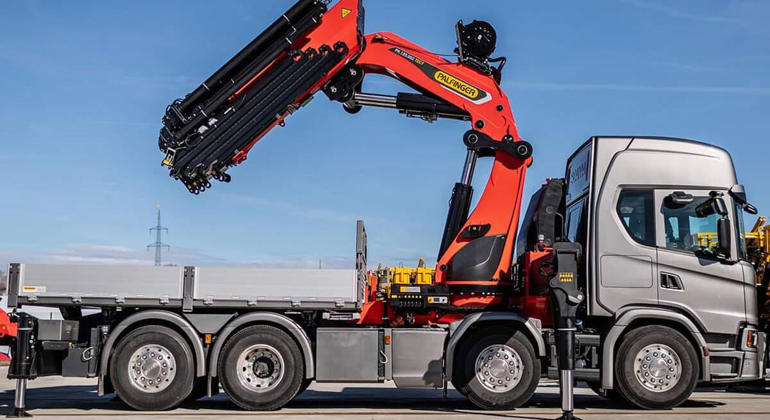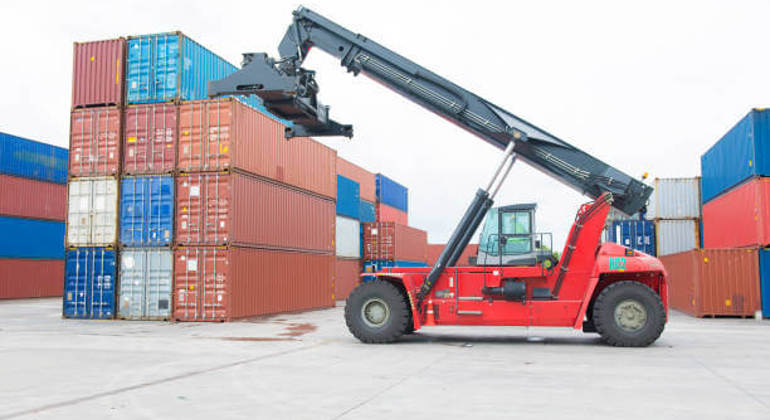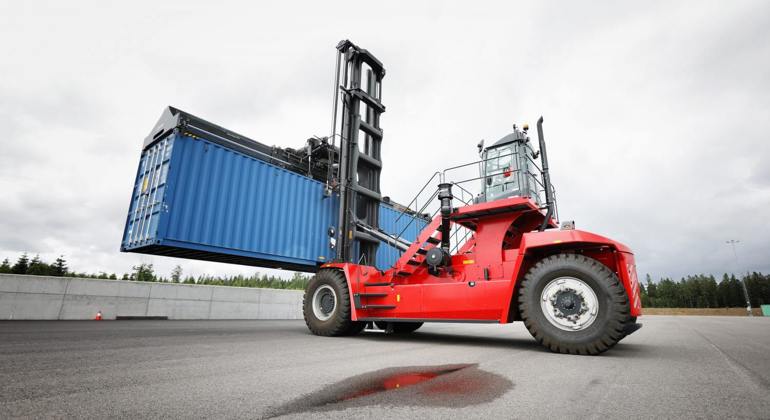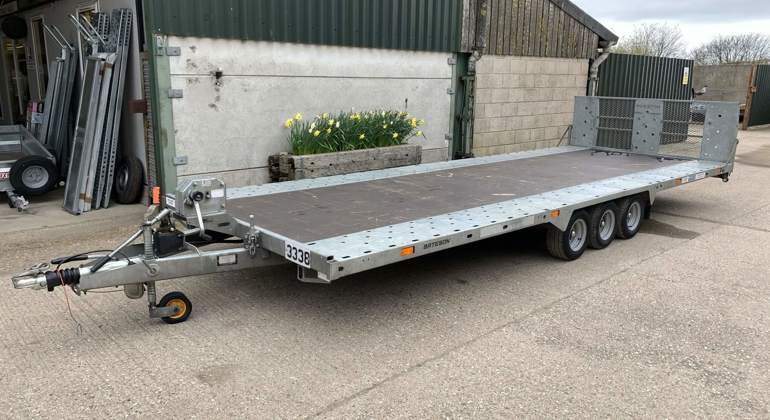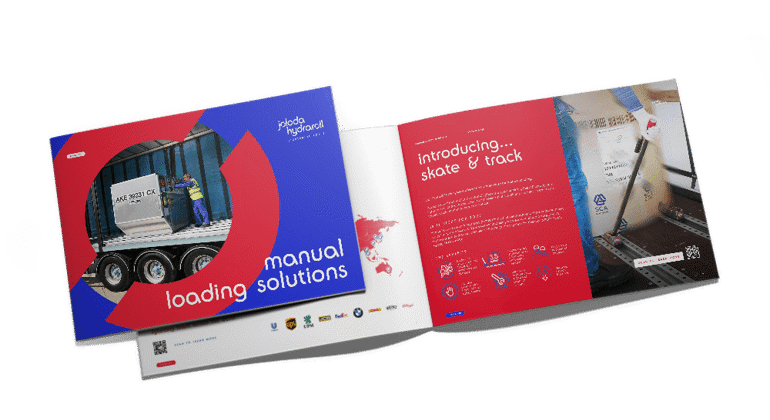Containerisation is one of the biggest ever innovations to have taken place in the logistics industry. Although sources differ on when the invention of the first container took place, one thing no one can dispute is how far containers have come. Container design has become extremely efficient.
Like many other things, containers have their advantages and disadvantages. Below is a look at some of the pros and cons they offer, starting with the pros.
flexibility
Containers can hold a large variety of goods from food grains and products to machinery and more. Cargo that doesn’t fit into standard six-sided shipping containers (out of gauge cargo) can be transported on flatbeds or platform containers. When cargo is of an abnormal shape or size, you’ll often see the term ‘out of gauge cargo’ used.
Meanwhile, reefers can carry temperature-sensitive cargo, and operators can use flexitank containers to transport non-hazardous liquid cargo for transportation. Wine, latex and edible oils are all examples of this type of cargo.
easy to manage
Managing a full container load (FCL) is easier to manage than handling other ways to transport goods such as less-than-container loads (LCLs). Shipping containers are non-divisible units. Each container has a unique identification number so it’s easy to track and manage. Various agents in the shipping process, including the shipper, recipient, ports, customs authorities and more use this number to verify the cargo.
economies of scale
It’s much cheaper to transport loads by container than as loose goods or an LCL. Transportation in containers has had a major impact in terms of lowering the price of goods, too.
Economies of scale are a considerable factor. This is the general advantage companies enjoy as a result of producing in bulk or dealing in it.
durability
Although usage will determine how long a container lasts, a good container will serve you between 10 and 25 years. If a container is no longer used for shipping, it’s not all over for the container. The container can still serve as a storage item.
When a warehouse or distributor has reached its full storage capacity, containers can provide temporary storage. The business can also place them in any convenient location in the warehouse yard. The storage a container offers is flexible and temporary as necessary.
standardisation
ISO-certified containers possess standard sizes and dimensions. This means any standard transport or piece of material handling equipment (MHE) can handle them. Using, storing and transporting the containers is more straightforward, as a result.
safety and security
Containers are safe and secure. They’re walled on each side, except on the end where the double doors are situated. Each double door has lock rods. The operators use the rods to seal the container and lock it so the container is safe and tamper-proof.

